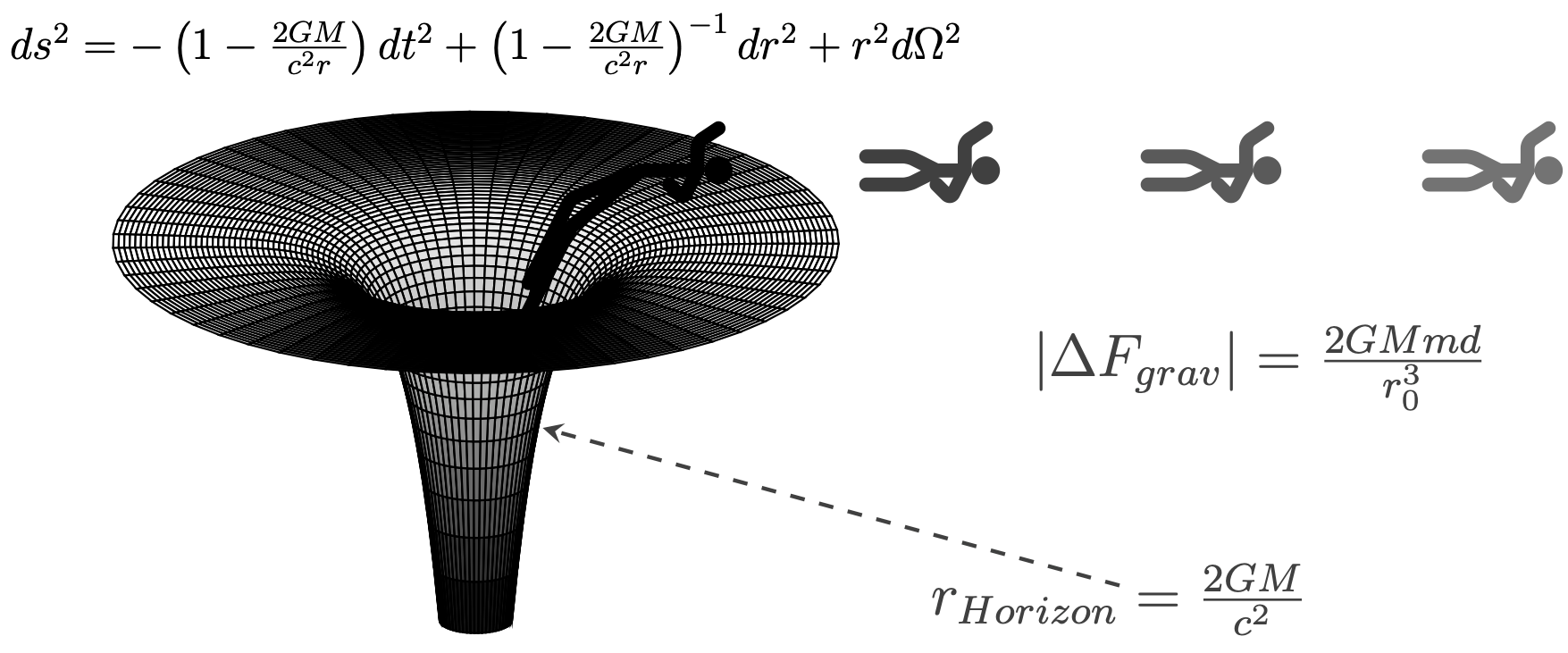


So our ghost tracks might be located in a warm, sunny clime now. Generation by generation, we climbed our way through the bitter cold. Things were dramatically difficult for humans.Īnd yet we survived. That was a time scientists call “Last Glacial Maximum.” It was about 10 degrees Celsius cooler than it is today, so a lot of the planet was covered in ice. Twenty-thousand years ago, things looked really bad for all life on Earth. So for two thousand years, kids hung out at Lake Otero among the giant animals that came to the lake or lived near it. Nearby, researchers noted the huge prints of mammoths and other now-extinct animals. Īmazingly, the ghost tracks were made over two millennia.Įven more amazingly, the footprints appear to be those of children and teenagers. This is the kind of stuff that makes you rewrite textbooks. And those plant remains turned out to be between 21k and 23k years old.Īs one anthropologist in the Science News story, Loren Davis, put it: Those remains would be about as old as the footprints were. And another study from 2018 found that humans had some interaction with the giant sloths that lived there.įor this particular new study, scientists checked out the remains of seeds and plants that were squished into those ancient human footprints or were crushed between them. In 2019, Scientific American talked about it.

In fact, scientists have known for a couple of years now that this park’s ghost tracks might hold some very important information. There, they found lots of these enigmatic human footprints imprinted in the hardened muck. How People Analyzed the Ghost Tracks.Īt White Sands National Park in New Mexico, archaeologists analyzed ghost tracks in some outcroppings by the park’s Lake Otero. But we keep finding artifacts that push that date back.Īnd now, we’ve got these ghost tracks to tell us something new. We used to think that humans came here about 13k years ago, as the massive glaciers began to recede and uncover the land bridge again for a brief few thousand years.


 0 kommentar(er)
0 kommentar(er)
